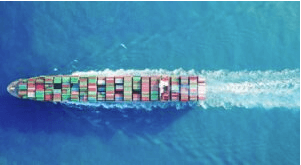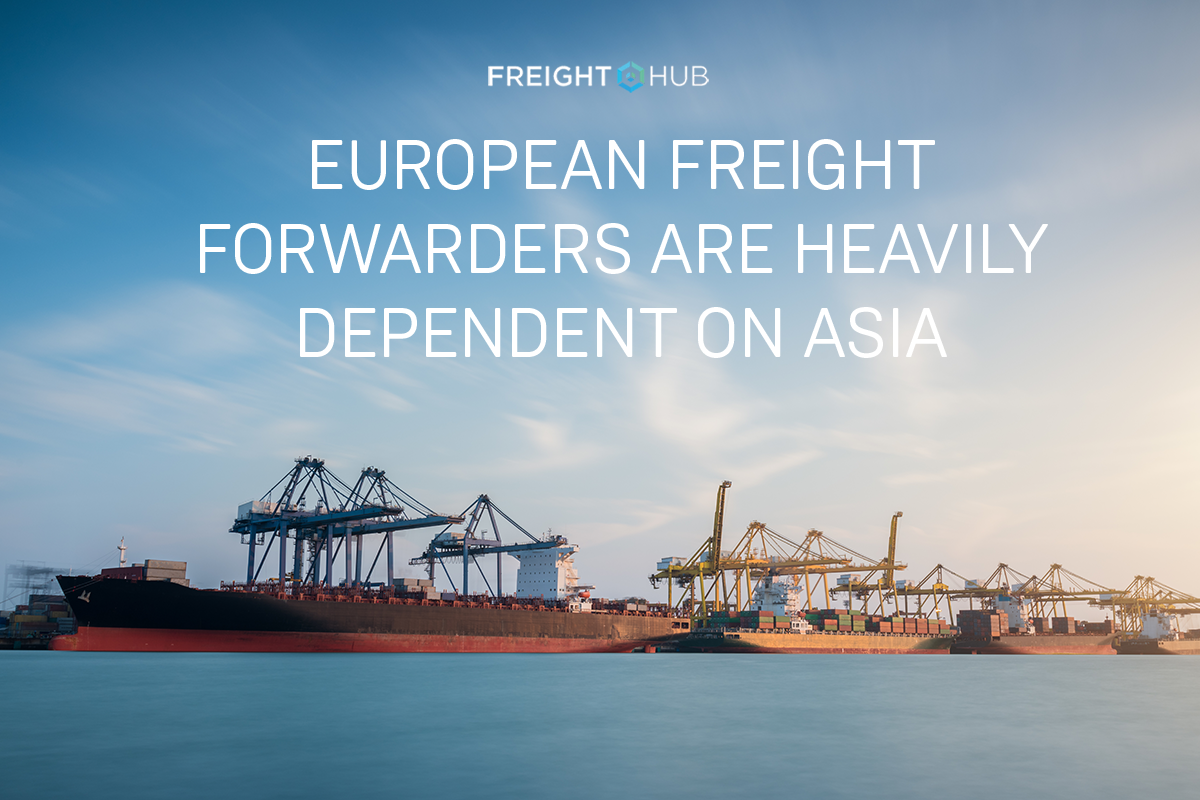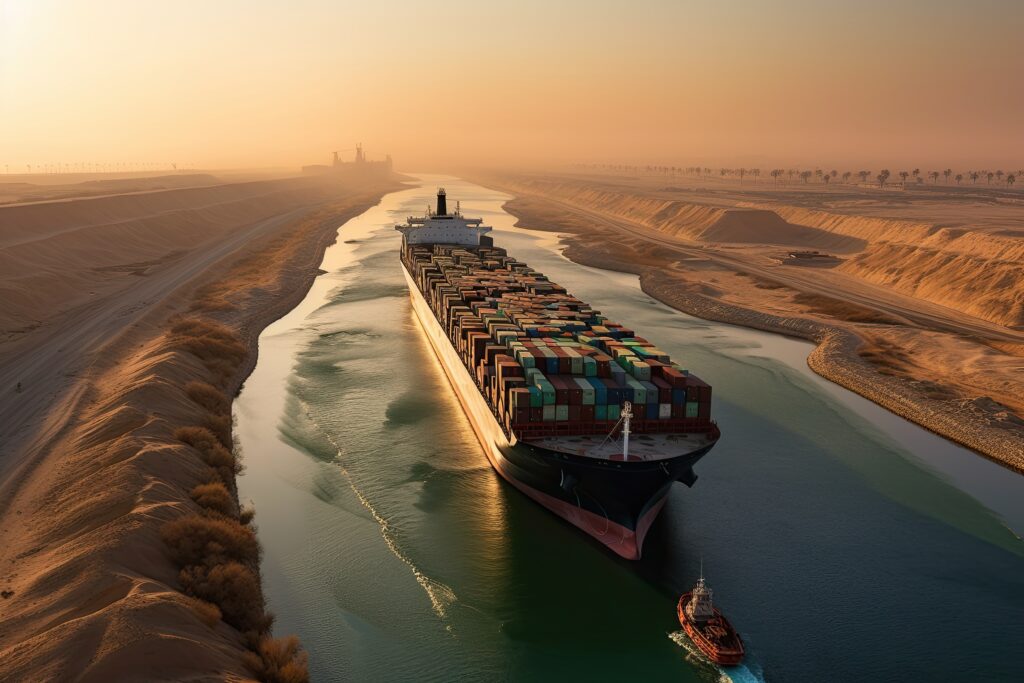After the trade with Asia lead to a global boom for oversea container shipping in the first years, the routes are now in a difficult phase. At the same time, especially Asian investors for financing ships are becoming more and more important for European freight forwarders.
The standardization of oversea containers to 20‘ or 40‘ in the 50ies made container shipping globally to one of the most profitable industries for freight forwarders: Before, the production of goods nearby their market was playing an important for the prices of these. Thanks to low freight rates this factor suddenly became marginal. Suddenly, many companies could have their goods being produced in low-wage countires and freight forwarders made profitable business with oversea freight transport. The Asia-Europe route became the most used trade route of the world.
Oversea container trade from Asia is in a crisis
Though the freight trade with Asia showed an unbalance from the very beginning: While freight forwarders‘ ships often operated at full capacity on their way to Europe, on the way back many of them had empty oversea container. But thanks to the booming world market, the transport was still profitable for freight forwarders. When the world market faced a crisis in 2007, it was noticeable within the oversea container trade as well: The demand decreased rapidly and the oversupply on the freight forwarders’ side forced the transport prices onto a low level. The industry still has not recovered and many freight forwarders can hardly cover the costs for transporting cargo. At the beginning of 2016, the freight forwarders’ freight rates on this route fell again by 21 percent.
Transshipment loads are decreasing because of a weak rouble
For German freight forwarders, the so called transshipment loads are playing a role as well. Transshipment loads are oversea containers that are shipped on big freighters from Asia to Europe. Then, the freight forwarders distribute the freight onto smaller ships. Shipping oversea container is mostly done via the Port of Hamburg to Russia. However, because of the weak rouble, the demand for freight from abroad has been decreasing a lot – and the consequences are very noticeable not only in Asia, but also for the freight forwarders in Hamburg. The decrease of transshipment freight is one of the reasons why the trade with a oversea container fell by more than 30 percent last year just for freight forwarders in Hamburg alone.
Asian growth is both a risk and a chance for European freight forwarders
From the European point of view, it is also problematic that freight forwarders in Asia, which have been forcefully trying to get into the market within the last few years, are increasing the overcapacity within the industry in addition. Also, ports in Asia – especially Singapur and Hongkong – haven been turned into the biggest turnover places for oversea containers worldwide thanks to their good locations. Freight forwarders in European locations are far behind these now. However, many freight forwarders already realized that the growing Asian market for container shipping can also offer opportunities for European companies: While for example Hapag Lloyd formed an alliance with five Asian competitors in 2016, the European freight forwarders are also increasingly profiting from Asian investors and banks that are investing globally in container shipping.








